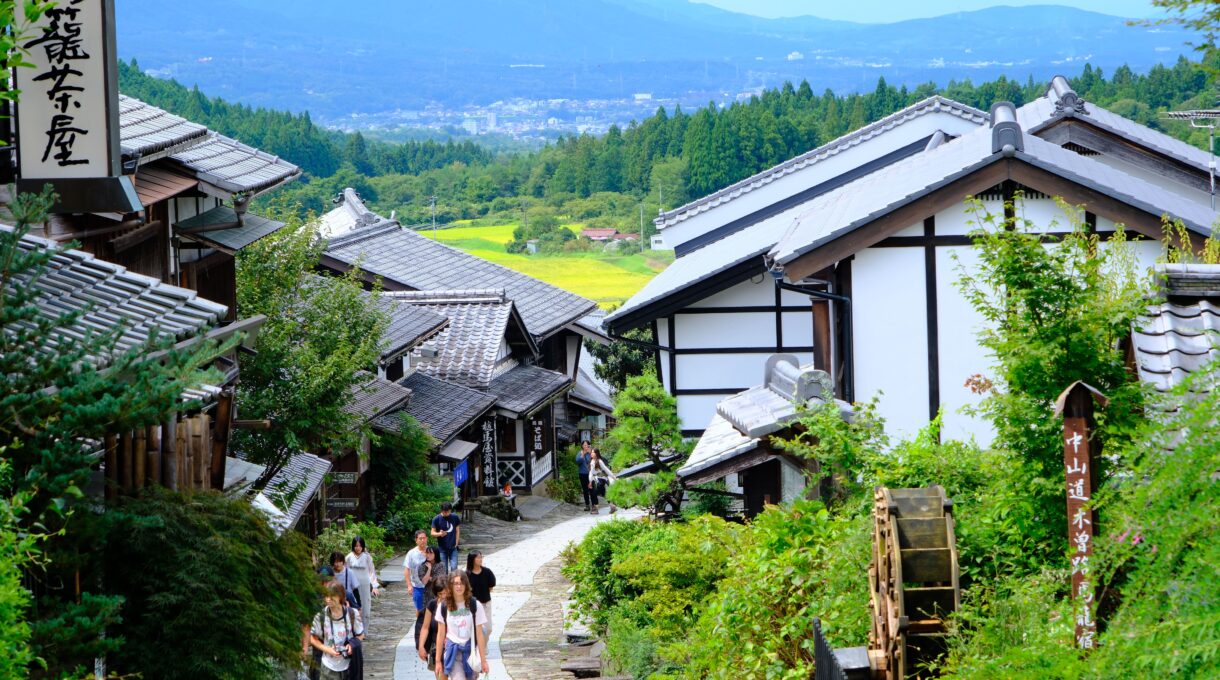n Japan, there are regions that have preserved their old townscapes, and one such example is Shukuba (post stations) and Shukuba-machi (post towns). These post stations and towns developed along the main roads. If there is an existing Shukuba or Shukuba-machi at your travel destination, why not take a visit to experience the nostalgic atmosphere and make your journey a unique one?
What are Post Stations and Post Towns?
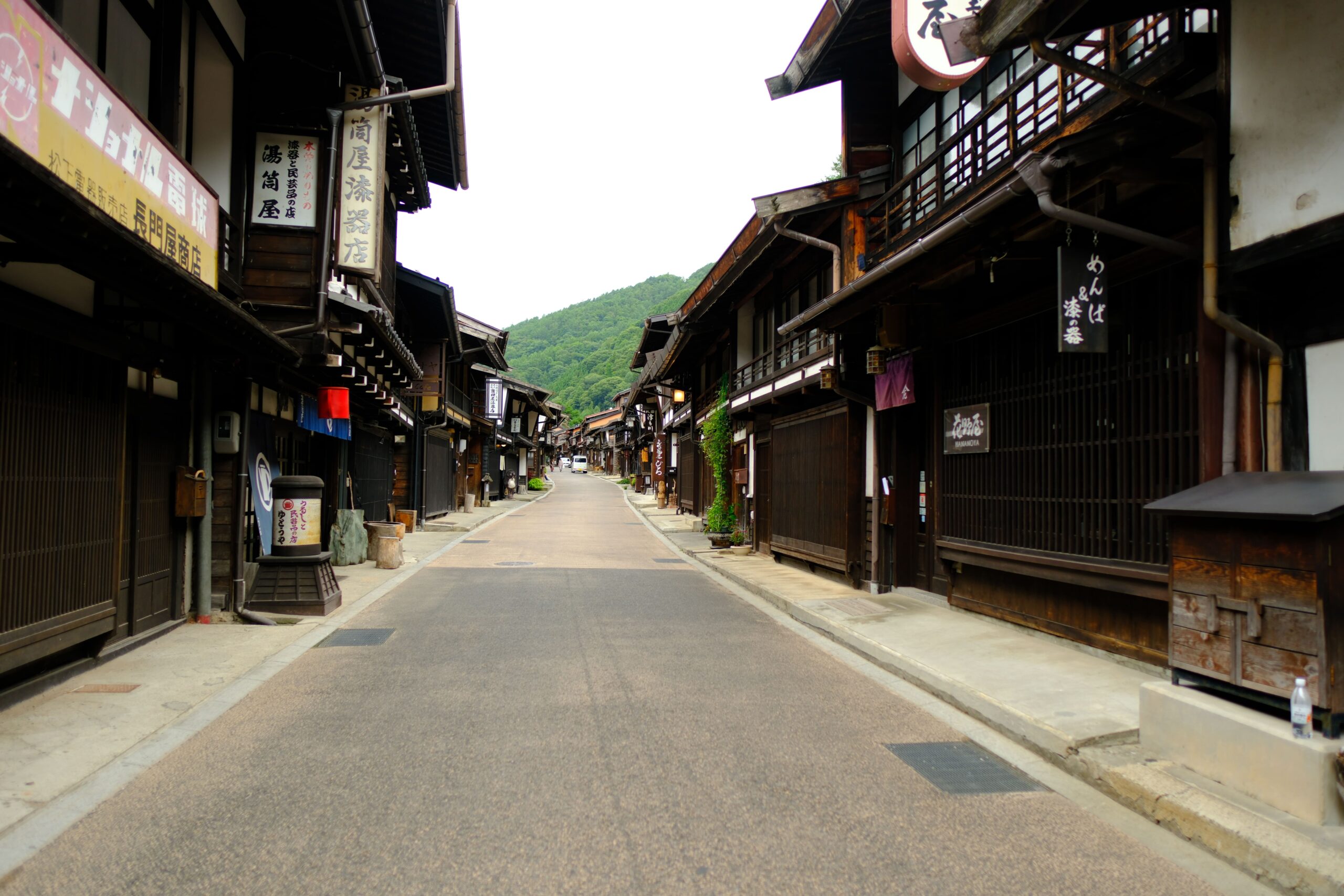
Post Stations and Post Towns
‘post station‘ is pronounced ‘Shukuba(宿場)’ in Japanese. It is said to have its roots around 700 to 800 AD, during the Nara and Heian periods in Japan, and experienced significant development from around 1600.
A Shukuba was a place established at regular intervals along major roads, serving two main functions: providing lodging and transporting official goods and correspondence from one post station to the next.
A town or village that developed around a post station is known as a ‘Post towns,’ pronounced ‘Shukubamachi(宿場町)’ in Japanese. These post towns were home to shops and residences, becoming commercial and economic hubs that supported the Shukuba.
There are around four types of accommodation facilities found in Shukuba and Shukuba-machi. If you come across honjin or waki-honjin (the main inn and the secondary inn) in the Shukuba or Shukuba-machi you visit, be sure to explore them. Today, they are rare and valuable cultural properties in Japan.
・Honjin
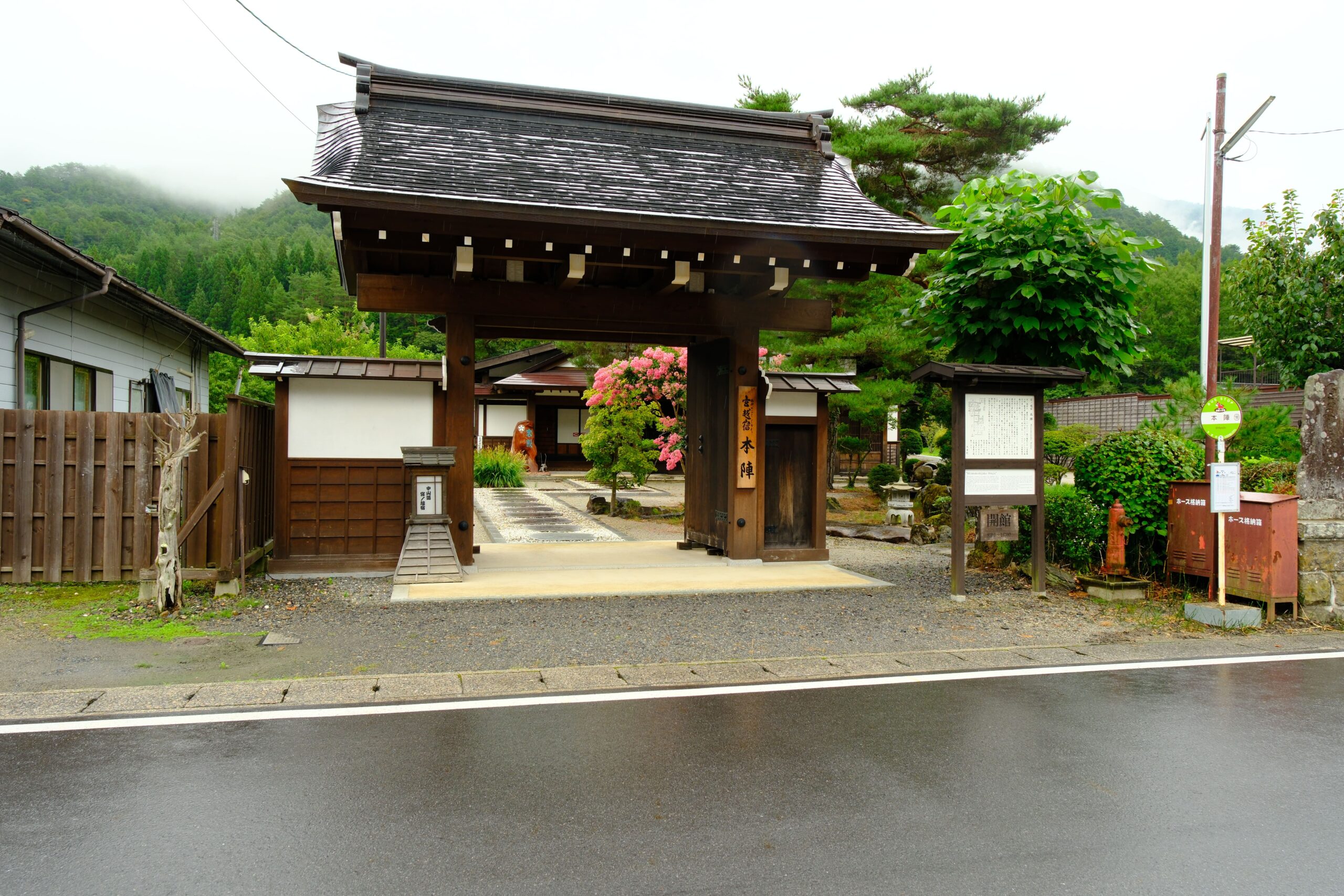
It is the most prestigious accommodation facility in a post station, primarily used for lodging high-ranking individuals such as daimyos and officials of the shogunate. Typically, it has a large property with multiple rooms and an exterior featuring gates and walls that reflect its status. It is not available for general public use.
・waki-honjin
It is a prestigious accommodation facility ranking just below the honjin. It was used for lodging when the honjin was fully booked, and was intended for people of somewhat lower rank, such as the retainers of daimyos or secondary officials, who still held a certain status. It was not available for general public use.
・Hatagoya
Hatago-ya are inns used by ordinary travelers, merchants, and common people, and are one of the main types of accommodation in a post station. They provided lodging and meals as a package, with facilities tailored to the needs of general travelers. Rooms were often large, and it was common for multiple travelers to share a room.
・Kichinyado
It was the simplest and most affordable type of accommodation, aimed at common people and travelers looking to save on expenses. ‘Kichin’ refers to the cost of firewood, and this type of inn involved travelers bringing their own ingredients and cooking for themselves, while the inn provided minimal services such as cooking facilities and space.
Reasons for its development
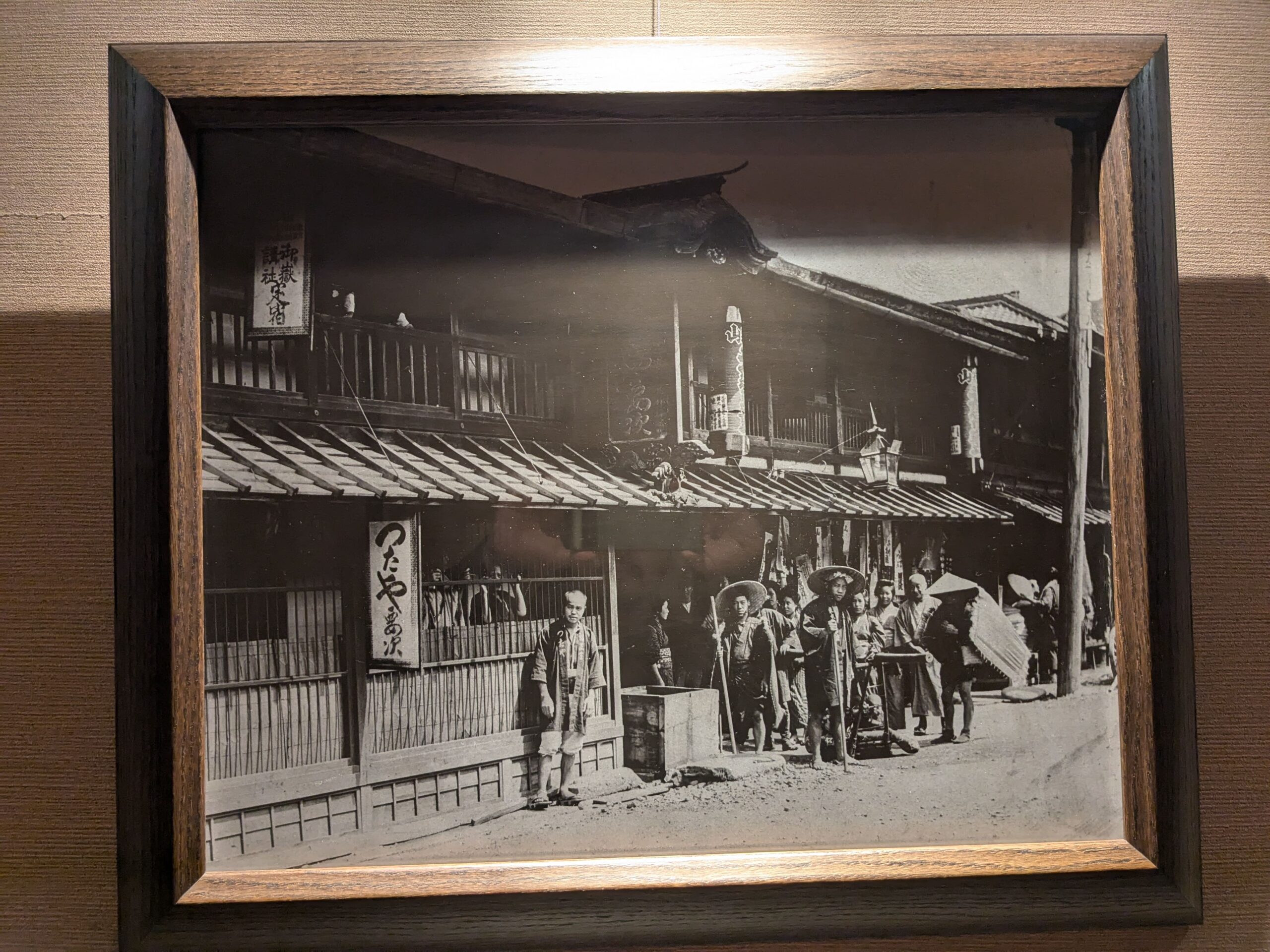
The origins of Shukuba (post stations) and Shukuba-machi (post towns) date back to around 700 to 800 AD, but their significant development did not occur until around 1600, a considerable time gap. This period is known as the Edo period in Japan, during which the Tokugawa shogunate ruled the country from Edo (present-day Tokyo).
In 1635, the system of ‘sankin-kotai’ was established (although it had been practiced since around 1600, it was formalized in 1635). This system mandated that regional daimyos, or feudal lords, were required to travel back and forth between Edo and their own domains once a year.
Daimyos did not travel alone; they traveled with large entourages. The ‘post station’ and ‘post town’ were used during these journeys, leading to their development.
To accommodate the large number of people traveling to Edo from various regions, it was necessary to establish and maintain routes, which became known as the ‘Go-kaido’ (Five Routes).
Additionally, there were other routes besides the Five Routes, collectively known as ‘waki-okan.’ Post stations and post towns were also located along these routes.
Go-kaido (Five Routes)
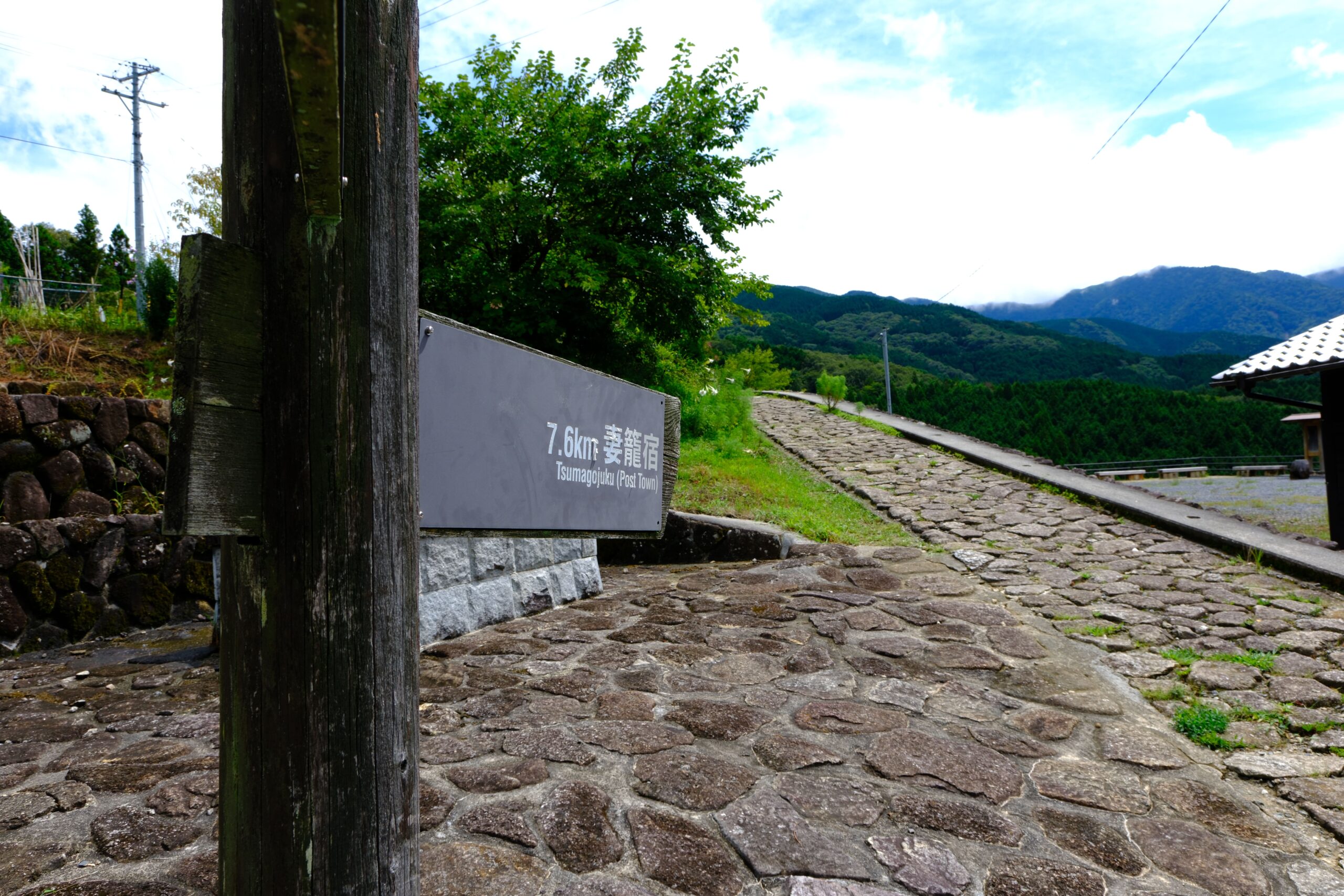
The ‘Go-kaido’ refers to the five main routes: Tokaido, Nakasendo, Koshu Kaido, Oshu Kaido, and Nikkō Kaido. Each of these routes ended in Edo (present-day Nihonbashi in Tokyo), but their starting points were different. Among these five routes, there are places where the remnants of Shukuba (post stations) and Shukuba-machi (post towns) still remain, while others have lost their historical features over time.
Tokaido
Distance and Stops: Kyoto’s Sanjo Ohashi to Tokyo’s Nihonbashi (approximately 492 km)
Number of Post Stations Along the Route: 53, from Otsu-juku to Shinagawa-juku
The Tokaido is a historic route running from Sanjo Ohashi in Kyoto, through Aichi Prefecture, Shizuoka Prefecture, and the Pacific coast of Kanagawa, to Nihonbashi in Tokyo.
Here are a few spots to check out:
- Sekijuku (Mie Prefecture)
https://bunka.nii.ac.jp/heritages/detail/24094 - Narumi and Arimatsu Historical Streets
https://shibori-kaikan.com/arimatsu-isan/en/
(Narumi is a post town, with Arimatsu nearby)
Nakasendo
Distance and Stops: Kyoto’s Sanjo Ohashi to Tokyo’s Nihonbashi (approximately 534 km)
Number of Post Stations Along the Route: 69, from Otsu-juku to Itabashi-juku
The starting point is the same as the Tokaido, Sanjo Ohashi in Kyoto. The route travels through land areas such as Shiga Prefecture, Gifu Prefecture, and Nagano Prefecture, avoiding the coastal side.
Here are a few spots to explore:
- Naraijuku (Nagano Prefecture)
https://tokimeguri-jp.translate.goog/guide/naraijuku/?_x_tr_sl=auto&_x_tr_tl=en&_x_tr_hl=ja - Tsumago-juku (Nagano Prefecture)
https://tsumago.jp/ - Magome-juku (Nagano Prefecture)
https://kiso-magome.com/ - Sakai-juku (Shiga Prefecture)
https://kitabiwako.jp/spot/spot_206 - Kusatsu-juku (Shiga Prefecture)
https://www.city.kusatsu.shiga.jp/kusatsujuku/
The Nakasendo includes an area known as “Kisoji.” The route from Magome-juku to Tsumago-juku, also known internationally as the “Samurai Road,” is part of Kisoji.
Kisoji has 11 post stations, and walking the trail to conquer these 11 stations is a popular activity on the Nakasendo.
Koshu-kaido
Distance and Stops: Shirakawa in Fukushima Prefecture to Nihonbashi in Tokyo (approximately 210 km)
Number of Post Stations Along the Route: 26, from Shirakawa to Senju
This route merges with the Nakasendo at “Shimosuwa-juku.” It is an inland route passing through Nagano Prefecture, Yamanashi Prefecture, and Kanagawa Prefecture, leading to Tokyo.
Here are a few spots to explore:
- Hino-juku(Tokyo)
https://www.city.hino.lg.jp/shisei/profile/kokusai/note/nikki/1002355.html - Obara-juku(Kanagawa Prefecture)
https://www.e-sagamihara.com/sightseeing/sightseeing-3425/
Nikko-kaido
Distance and Stops: Nikko in Tochigi Prefecture to Nihonbashi in Tokyo (approximately 140 km)
Number of Post Stations Along the Route: 21, from Hachiseki to Senju
Nikko is famous for the UNESCO World Heritage site, Toshogu Shrine. The route connecting Toshogu Shrine to Nihonbashi is known as the Nikko Kaido. The route from Utsunomiya to Nihonbashi overlaps with the Oshu Kaido.
Here are a few spots to explore:
- Toshogu Shrine(Tochigi Prefecture)
https://www.toshogu.jp/ - Nikko Cedar Avenue(Tochigi Prefecture)
https://www.nikko-kankou.org/spot/36
Oshu-kaido
The Oshu Kaido is divided into two sections: From Nihonbashi to Shirakawa in Fukushima Prefecture, and from Shirakawa to Fukaura.
The section from Nihonbashi to Shirakawa was under national jurisdiction, while the section from Shirakawa to Fukaura was managed by local authorities. Therefore, some people consider the Oshu Kaido to extend only to Shirakawa, while others include Fukaura as well.
For this context, we will consider the Oshu Kaido to extend from Nihonbashi to Fukaura.
Distance and Stops: Fukaura in Aomori Prefecture to Nihonbashi in Tokyo (approximately 800 km)
Number of Post Stations Along the Route: 111, from Hiradate to Senju
The route from Utsunomiya-juku to Nihonbashi follows the same path as the Nikko Kaido. The section of the Oshu Kaido managed by the government reaches Shirakawa, which is about 140 km from Nihonbashi. The entire route from Nihonbashi to Fukaura is approximately 800 km, making it the longest of the Five Routes.
Here are a few spots to explore:
- Oshu Kaido Through the Mountains of Ichinose(Iwate Prefecture)
https://www.tohokukanko.jp/attractions/detail_1001574.html - Shirakawa Sekisho Ruins(Fukushima Prefecture)
https://shirakawa315.com/sekiato/

